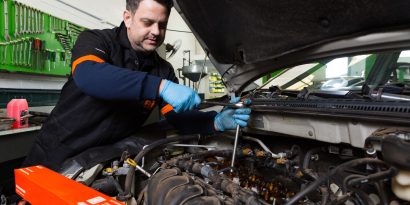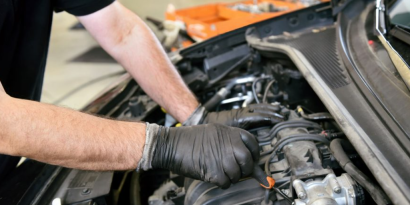It is true that, in terms of volume and production flow, the Brazilian railway network is still moving at a slow pace compared to the entire cargo flow that is absorbed by the highways. However, in recent years, a movement led mainly by the private sector has strengthened the sector and, in the wake of this initiative, the spare parts market for railway spare parts has started to return to the rails.
After all, it is precisely through the railways that large volumes of ores, grains and robust cargo arrive at Brazilian ports, paving the way for the foreign market and moving a series of parallel segments of the economy, including the service sectors and the railway spare parts industry. That is why, in this article, we will study this movement and its implications in the industrial routine, check it out!
Understand the role of the railway spare parts market
When it comes to the quality of Brazilian roads, everyone knows that there is no consensus: while some regions have high-standard, well-sign and preserved lanes, other parts of the country suffer from long, precarious, dirt-stretches strewn with holes and obstacles and little or no signage.
Even so, the logistics do not stop. Carriers from all over face the most adverse conditions and, in one way or another, the cargoes reach their final destination. However, unlike what happens in the road modal – where trucks can even run on precarious roads – trains can only work when rail maintenance is up to date. It is an issue that goes beyond productivity.
This is where the spare parts market comes into history. After all, the maintenance of this type of modal involves three major industrial pillars: the companies that develop technologies for the control and technical monitoring of trains, the heavy industries that develop components for locomotives, finally, the foundries and metallurgical companies that are in charge of supplying inputs for permanent tracks and freight cars.
It is worth remembering that, in most cases, this last branch always occupies the center of attention, since one of the main demands of the railway spare parts replacement sector arises from the wear of lines and rolling stock. Because they are continuous, the rails are extremely used during the passage of trains and end up suffering from the wear and tear of time and use.
But then does it mean that, in the end, rail transport ends up being expensive due to maintenance? Far from it! Just take into account that, when we talk about highways, the section manager needs to invest in lighting, physical protection and efficient signage. In the meantime, the railroads basically only need to be concerned with maintaining the network.
Hence the importance of looking for quality suppliers, renowned in the market and capable of offering railway solutions developed with high level engineering and technology. This is because, in addition to increasing the durability of the rails and rail installations, a trained supplier is also able to work better with the complicated relationship between production and innovation when it comes to the railway spare parts market!
Additive manufacturing and the railway spare parts market
You may not know it, but the spare parts market is one of the great challenges of railway transport. Just keep in mind that, when the wagons, the locomotives on the rails come into operation, they have an estimated useful life of more than 30 years.
Because of this period, suppliers need to keep the tools necessary for the production of replacement parts for long periods — which can be dangerous. This is because, over the decades, it is possible that this supplier will no longer be active when the time comes to redeem these tools (factory closure or even discontinuation of the business).
And if you don’t have the original tooling, you can’t produce compatible replacement parts. This is where additive manufacturing comes into play and can make all the difference. With this technology, the need to store old tools is eliminated and, as a result, new suppliers are no longer held hostage by the original parts manufacturers.
This is because additive manufacturing allows the manufacturing of new casting models based on drawings, designs, or even the scanning of an existing part. This makes it possible to create new high-strength polymer casting models and put them to use for quick and cost-effective production.
And we speak with knowledge of the facts! After all, here at RIO, we are experts in the development of prototype parts for the railway and automotive industries, considerably reducing the time to manufacture models for tests without the need to manufacture definitive tools, contributing to cost reduction in project development and improving the “time to market” of new solutions.
Here, your company is fully supported by our Prototype Factory, a project that uses additive manufacturing to improve the performance of your projects and products, reducing costs and speeding up the launch of new parts! Do you want to know more about how we innovate to contribute to your business? Access our website or contact our team. We are happy to answer any of your questions!





